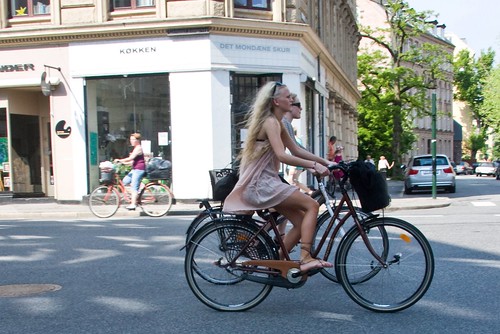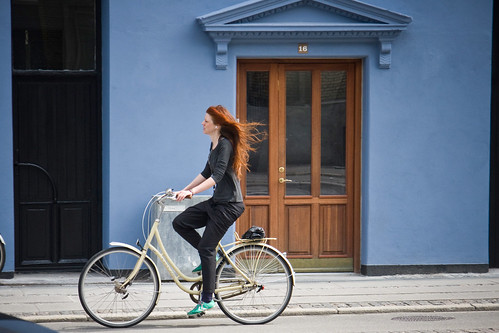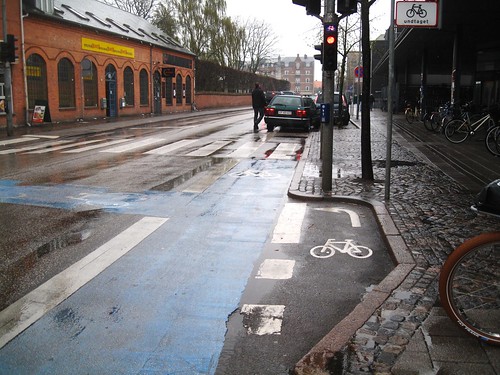timescolonist.com
As you know, I am a big fan of community gardens, particularly for unused urban spaces -- rooftops, lawns, under-utilized park space, and vacant lots.
Well, Victoria is the example this time around -- about time!
From the Times Colonist:
A neglected lot littered with trash and weeds in Chinatown could become the site of downtown Victoria's only community garden.
Hidden behind a Chinese herbalist store on Fisgard Street, a 75-square-metre fenced-in lot with buildings on three sides and a parking lot to the east is sitting unused. With plenty of natural light shining through the parking lot, it is an ideal setting for a garden.
The space hasn't been used in years and is littered with an assortment of junk.
Amy Wilson and Joey MacDonald... want to convert the space into a garden. [L]andlords have given their permission to turn the lot into a garden.
"Being that there is nothing downtown [in terms of a community garden], and we have this space that is covered in oyster shells for some reason, there is no reason for this not to be a garden," MacDonald said.
Wilson and MacDonald have been looking for people in Victoria's well-networked gardening community who might be interested in helping develop the space.
If all goes well, the site will be cleaned up and garden plans will be developed over the winter, with garden boxes and soil going in next spring. Wilson and MacDonald hope to grow fruits, vegetables and ornamental vines, and have a picnic area where the community can gather.
There were eight community gardens in Victoria as of April 2009, according to the city's website. There were three in Fernwood, two in James Bay, two in Victoria West and one near Bay Street and Quadra Street -- but none downtown.
Those interested in getting involved with the planned garden can e-mail admin@oliocooperative.ca.I expect that this trend will continue, but one would hope that it would pick up momentum a little faster.
Any underutilized spaces that you would like to see used as a community garden, in Victoria?





















